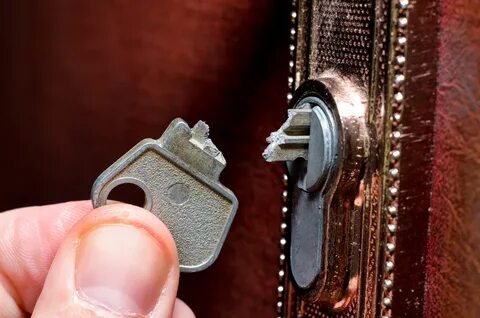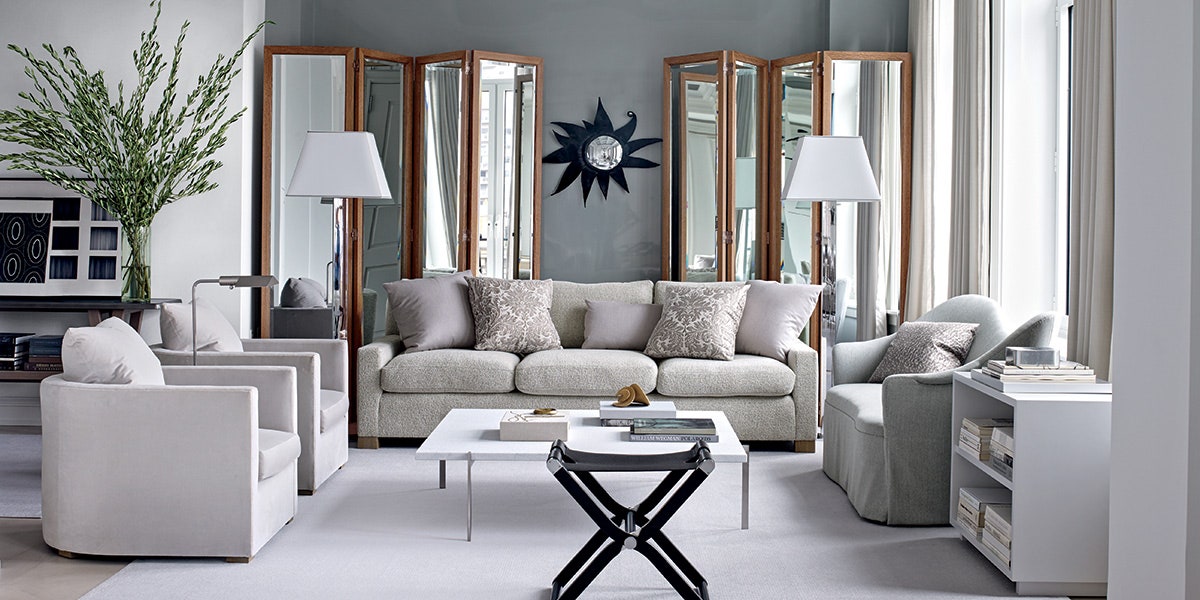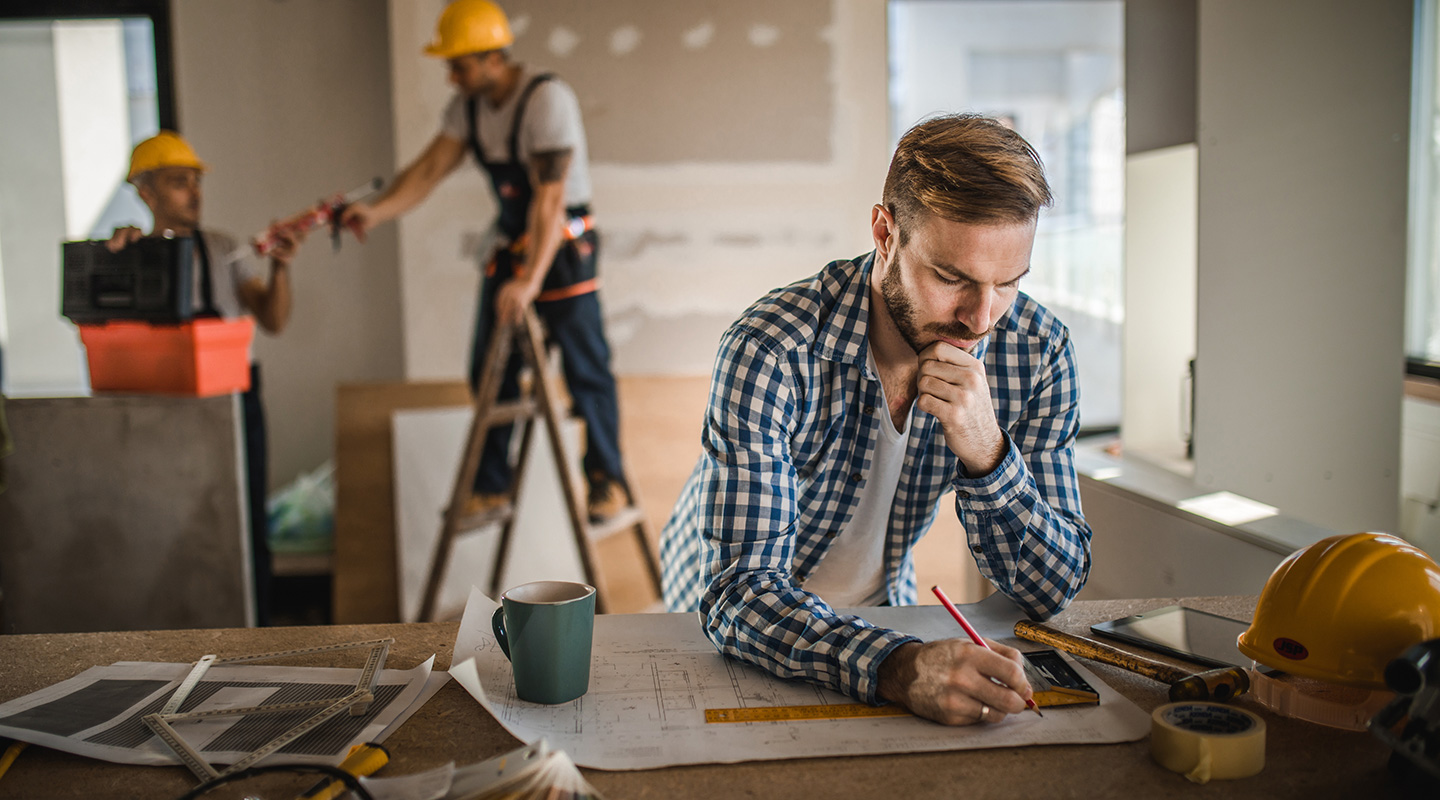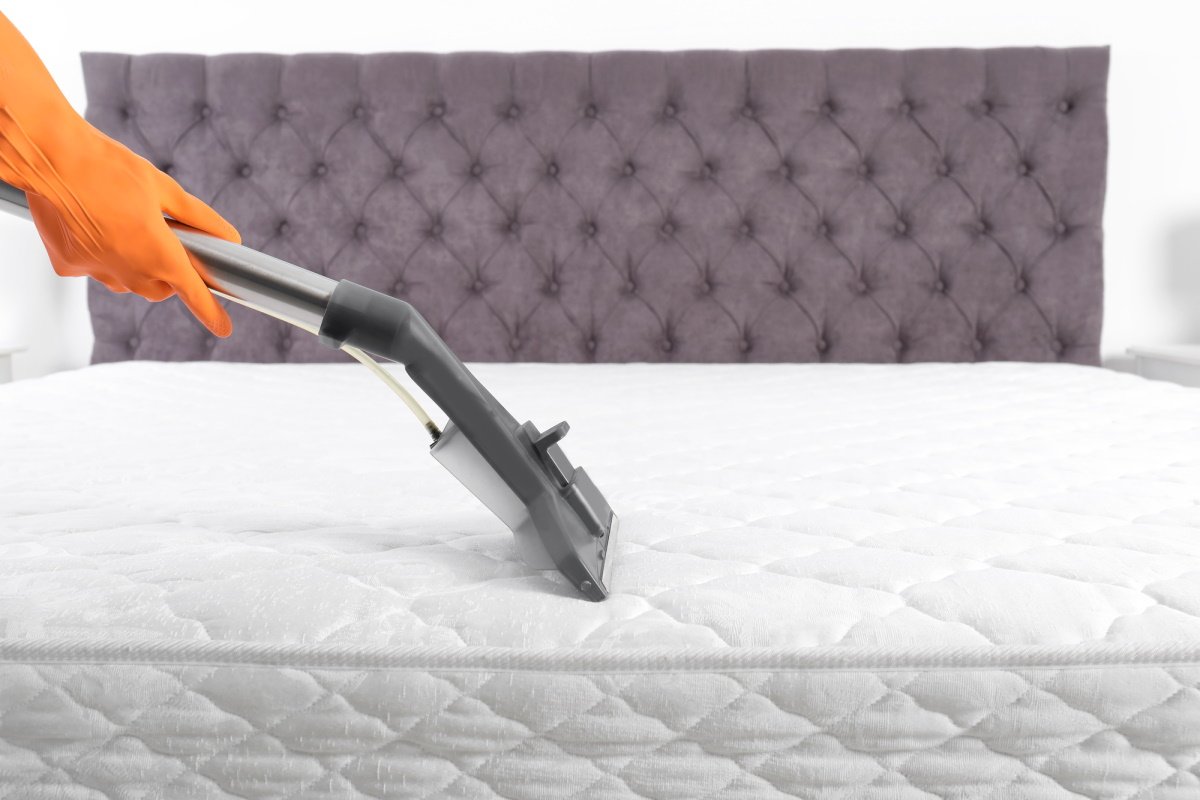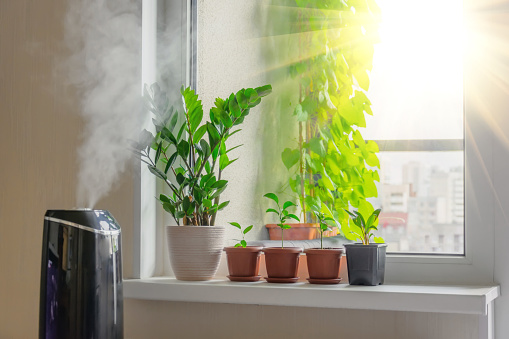
For most of us, the kitchen and garden are two parts of our home that we spend a lot of time in. They are both something we use daily or several times per week to cook meals or relax after work. Because of this they should both make you feel an emotional connection towards them. The design tips I will suggest today will help you create a space that is not only aesthetically pleasing but also a joy to look at and work in every day. You can apply these same principles when designing your bedroom or office as well!
Here is a list of 10 Design Tips for the Kitchen and Garden:
Pay attention to lighting –
Lighting is one of the most important design elements because it can give a space a warm and inviting feel or a cold and lifeless one. It’s vital to have good lighting in your kitchen, so take some time to understand how light works in a room. You will want enough general lighting for specific task areas such as countertops, cabinets and cooking surfaces. Accent lighting should be used on less frequently needed items such as storage cabinets or other wall decor like pictures or mirrors.
2) Add lots of windows –
if possible, add as many windows as you can to let natural light into your kitchen and garden spaces . If this is not possible due to other structures blocking during the day (ie: small windows but other buildings next door), do what you can to put windows in high traffic areas. You can have smaller windows placed along a wall to light up an entire room. Don’t miss the opportunity to use your windows as extra space for plants!
3) Pay attention to flooring –
Floors that are easy to clean and maintain such as ceramic or porcelain tile, linoleum and laminates will make it much easier for you when you’re cooking with food spills, splashes and other messes common in cooking. This type of flooring is also great because it doesn’t absorb odors like carpet which means no stale smells after chopping onions or garlic. If you prefer tiles, I recommend placing individual pieces without grout lines so it’s faster and easier clean whenever there is a food accident.
4) Natural vs Artificial lighting in the kitchen –
We all know that natural light is best to work in when it comes to cooking or food preparation. But what about lighting for washing dishes and doing other tasks around the house? If you have more than one light source, keep a lamp or two around. Your home so you won’t be stuck with only one possible solution. This way if the power goes out, you won’t get stuck stumbling around looking for candles. And matches while everything is pitch black outside!
5) Keep storage space open and accessible –
Having cabinets and counters with doors can help prevent dust build up of small appliances or items used infrequently such as plates and glassware. However they also make it harder to use and find what you’re looking for. To avoid this, keep cabinet and countertop doors open as much as possible and store items that are used most often within arms reach of the workspace.
6) Match your accessories to the existing décor –
This is a simple way to create a beautiful space because it can tie everything together without drawing too much attention away from important focal points such as pictures or art on walls. It’s also important to make sure not all appliances like Humidifiers or cooking utensils stand out too much (especially if they’re white) and blend in with another decor like your flooring and cabinets. Look through your existing knick-knacks and figurines and see how well they match up with anything you plan to purchase new before you make any decisions.
7) Include water features for mystical ambiance –
While it’s great to have plants and animals around your home to create a natural, healthy environment and atmosphere, they can also lead to unpredictable weather conditions such as foggy mornings or humid afternoons without the right equipment installed. Adding a faucet at the end of your garden will allow you to easily control the weather by turning on/off the flow of water into your garden pond. It also gives you easy access when watering your plants!
8) Get creative with lighting –
There are several ways that you can set up lighting in your kitchen or garden depending on your individual needs. For example, you can install colored lights near food prep surfaces. So if juices or other liquids spill, you can quickly and safely wipe them up. If you’re looking to create a romantic mood. Lighting effects such as candlelight can help keep things feeling romantic and oh-so-cozy!
9) Add comfortable, adjustable seating –
Relaxing is key to maintaining a positive mood and healthy lifestyle . Incorporating this into your kitchen or garden space just makes it all the more enjoyable. So for example if you have an area near your pond that’s elevated with several steps leading up to it. Why not place some cushions on the stairs so you can sit down whenever you please? Or set out an old fashioned rocking chair near your window so every time the wind blows. Through your curtains it will gently rock back and forth.
10) Flooring should be functional, durable and beautiful –
Your home flooring is one of the most important parts of your house or garden! It can affect how you feel about walking into a room every single day . When choosing flooring for your kitchen or garden, consider something that will hold up to daily wear and tear. But before flooring you have to check your place completely that is there any sign of mold and attic is out there. Sometimes Mold is growing in hidden parts so you should hire Mold Inspectors in Toronto. For example, if there’s children in the home make sure not to use wood. Because it’ll pick up dirt stains easily (unless you plan on refinishing it often). Stone tiles are usually fine. Because they’re sturdy enough to deal with occasional falls from running around. But bear in mind that no matter how durable tile is. All stone can chip or crack if too much pressure is applied during an accident.
Conclusion:
Designing a kitchen or garden can be fun and rewarding, but it’s important to carefully plan out your space before starting anything major . Make sure to consider everything from the layout of storage space and seating arrangements to the type of flooring you want. Once you’ve designed your perfect environment, all that’s left is to sit back and relax in your brand-new home!

